LITHIUM IRON
PHOSPHATE BATTERIES
Standard and custom LiFePO4 battery packs
OVERVIEW
Lithium Iron Phosphate batteries first appeared in the early 2000’s and are increasingly used in robotics and energy storage. Lithium Iron Phosphate (LiFePO4) batteries have a nominal voltage of 3.2V and are an excellent solution for applications requiring a lightweight, high capacity battery with a long lifespan and stability at high temperatures.
Lithium Iron Phosphate is based on Lithium-Ion chemistry. One of the major advantages of LiFePO4 over other Lithium-Ion chemistries is its thermal and chemical stability, which greatly improves the safety of the battery.
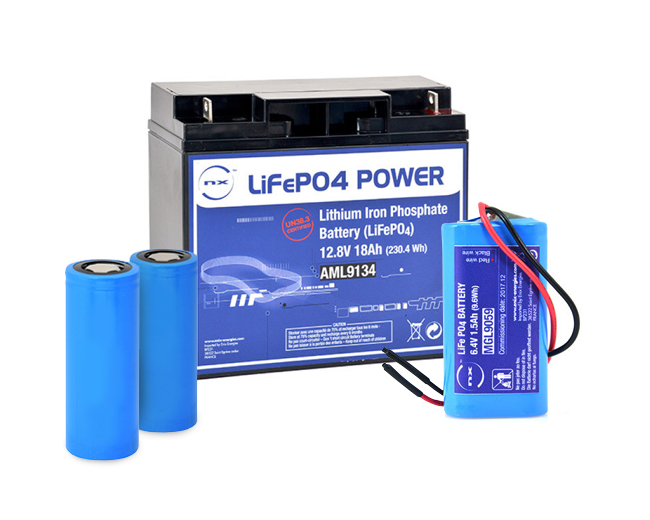
LITHIUM IRON PHOSPHATE CELLS
At Enix Power Solutions, we have been building custom battery packs over the last 10 years using cells from leading Lithium Iron Phosphate battery manufacturers such as K2 Energy and A123.
We also offer our own range of reliable LiFePO4 cells under the NX brand:
We also assemble battery packs with K2 Energy 26650 LiFePo4 cells held in stock
STANDARD LIFEPO4 BATTERY PACKS
We have also designed a full range of standard UN38.3 certified (safe for transport by air, sea, rail and road) Lithium Iron Phosphate battery packs, held in stock to offer a quick and cost-effective service. Advantages of our standard LiFePO4 battery packs:
- Wide temperature range
- Low self-discharge
- High energy density
- Available from stock
- UN38.3 and IEC approved
- 3 times more cycles than Li-Ion (Up to 1500 cycles)
UN38.3 CERTIFIED
SOFT PACKS RANGE
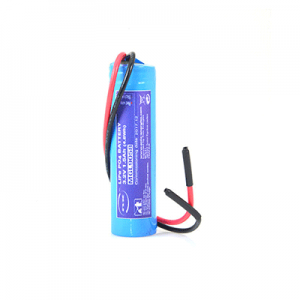
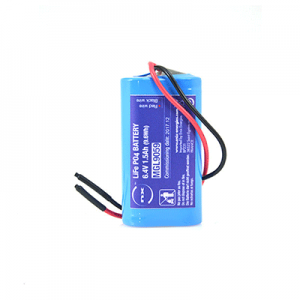
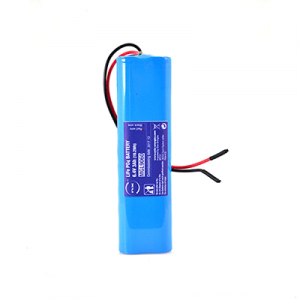
Part Number | Voltage | Nominal Capacity | Config. | Max. Charge Current | Max. Charge Voltage |
|---|---|---|---|---|---|
| MGL9058 | 3.2V | 1.5Ah | 1S1P | 1.5A | 3.65V |
| MGL9059 | 6.4V | 1.5Ah | 2S1P | 1.5A | 7.3V |
| MGL9060 | 6.4V | 3Ah | 2S2P | 3A | 7.3V |
UN38.3 CERTIFIED
HARD CASE RANGE
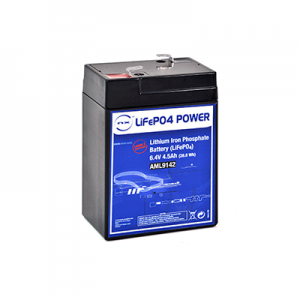
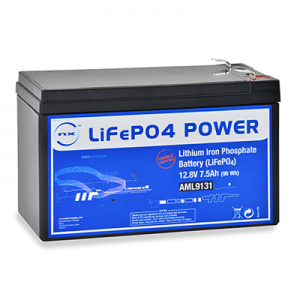
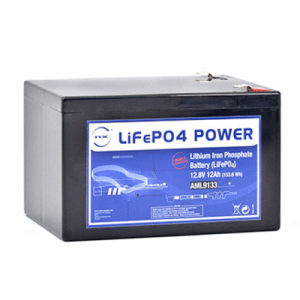
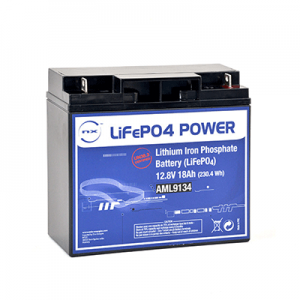
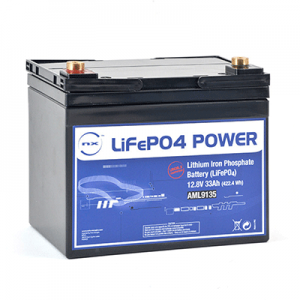
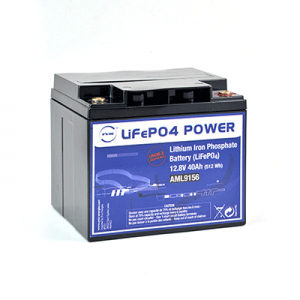
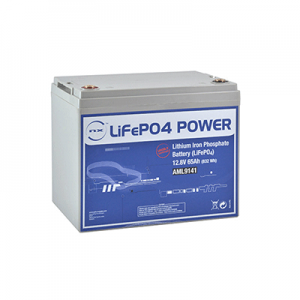
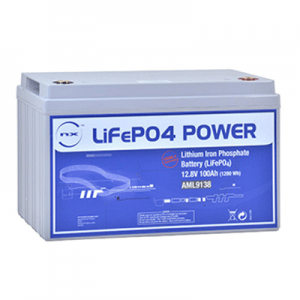
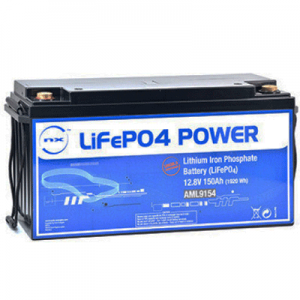
| Part Number | Voltage | Capacity | Cont. Discharge Current | Max. Discharge Current (<3 Sec) | Terminals | Dimensions | Weight |
|---|---|---|---|---|---|---|---|
| AML9142 | 6V | 4.5Ah | 5A | 8A | F4.8 | 70x101x47mm | 0.35kg |
| AML9131 | 12V | 7Ah | 15A | 20A | F6.35 | 151x65x99mm | 1.1kg |
| AML9133 | 12V | 12Ah | 24A | 30A | F6.35 | 151x98x101mm | 1.7kg |
| AML9134 | 12V | 18Ah | 36A | 50A | M6-M | 181x77x167mm | 2.7kg |
| AML9135 | 12V | 33Ah | 50A | 60A | M6-F | 195x130x178mm | 4.8kg |
| AML9156 | 12V | 40Ah | 70A | 80A | M6-F | 195x175x165mm | 5.8kg |
| AML9141 | 12V | 65Ah | 80A | 100A | M8-F | 262x167x212mm | 9.2kg |
| AML9138 | 12V | 100Ah | 100A | 120A | M6-F | 342x173x212mm | 13.6kg |
| AML9154 | 12V | 150Ah | 100A | 140A | M6-F | 483x238x170mm | 18.4kg |
Our range of hard case UN38.3 Lithium Iron Phosphate batteries are a direct replacement for standard Lead Acid batteries.
Advantages of LiFePO4 batteries:
- Wide temperature range
- Low self-discharge
- High energy density
- UN38.3 and IEC approved
- 3 times more cycles than Li-Ion
- Increased safety
- Excellent alternative to Lead Acid
LITHIUM IRON PHOSPHATE APPLICATIONS

Road Signs

Solar

Medical

Back-up Power

Lighting

Defence
LITHIUM IRON PHOSPHATE VS LITHIUM-ION
These two chemistries share many advantages and disadvantages however there are significant differences. Lithium Iron Phosphate offers a higher number of charge/discharge cycles, up 1,500 cycles at 100% DOD (depth of discharge) and 2,000 cycles at over 80% capacity.
One of the major advantages of Lithium Iron Phosphate over Lithium-Ion chemistries is its thermal and chemical stability, which greatly improves battery safety. The LiFePO4 cathode is intrinsically safer than the LiCoO2 or the manganese cathode. The Fe-PO bond is stronger than the Co-O bond, so that if misused (short circuit, overheating, etc), the oxygen atoms are much more difficult to remove. As a result, Lithium Iron Phosphate cells are much more difficult to inflame when mishandled (especially during charging). It is commonly accepted that LiFePO4 cells do not disintegrate at high temperatures. However, despite this, there is still a risk of thermal runaway in cases of continuous overcharging or incorrect charging procedures.
LITHIUM IRON PHOSPHATE VS LEAD ACID
LiFePO4 offers a much longer cycle life, approximately four times longer than Lead Acid (1,500 cycles for LiFePO4 vs. 400 cycles for Lead Acid), and a wider range of operating temperatures (-20°C – +60°C). Lithium Iron Phosphate batteries offer a higher energy density and are twice as light as Lead Acid.






